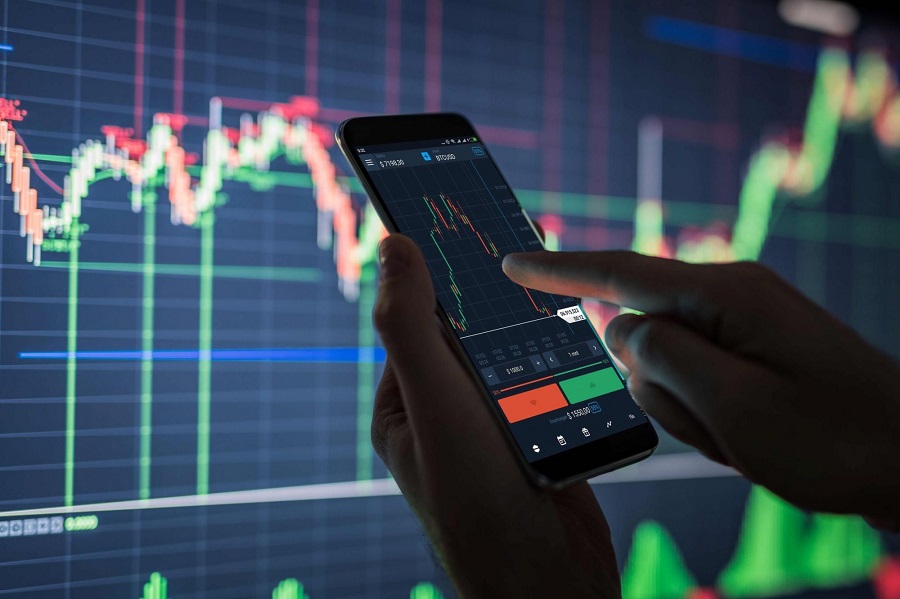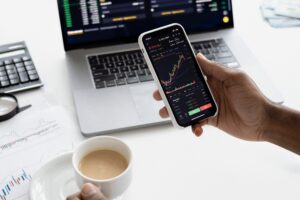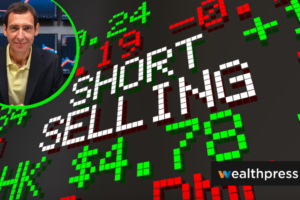Unleashing the power of futures trading: strategies for success in the Australian market

Futures trading is an exciting way to participate in the global financial market. It offers investors both large and small opportunities to make substantial profits if they commit the time and resources required for success. Futures trading isn’t without risk – even experienced traders can lose money on deals gone south. But, if you understand the basics of futures trading, individual strategies, and how the Australian market works, your chances of success increase significantly. This article will discuss different strategies traders can use to enhance their returns in future Australian markets.
Long positions
Traders use long positions to speculate that a price of an underlying asset will rise in value. This popular strategy allows traders to capitalise on upward trends while limiting their losses if the market turns against them. Traders can open long positions when they believe favourable economic conditions and prices will increase.
They can also take advantage of available leverage, allowing them to benefit from even minor fluctuations in the market. However, traders must be aware of potential risks associated with long positions – for example, if the market unexpectedly falls and margin requirements become too high to cover. A trader’s position could be liquidated, and they may suffer significant losses.
Short positions
Short positions are the opposite of long positions. Traders speculate that the price of an underlying asset will fall in value, and they can be used to realisepotential profits in a falling market. Traders should use caution when opening short positions – margin requirements must still be met, and losses can quickly mount up if prices continue to climb.
In addition, traders should also remember that shorting stocks is not allowed in some jurisdictions, so traders must check local regulations before entering any futures trades involving short positions. It is also essential to be aware of potential market risks – for example, short sellers can be “squeezed” if a stock unexpectedly rallies, resulting in high losses.
Spread trading
Spread trading involves simultaneously buying and selling two different assets with related markets at different prices. It allows traders to exploit minor discrepancies between similar assets without taking excessive risk. Spread trading is best suited to experienced traders who understand the complexities of their trading markets and have access to detailed market data.
It is also essential for them to remain aware of potential counterparties that could be adversely affected by any resulting price movements. Traders should also remember that spread trading can be expensive, as transaction costs and margins must still be paid.
Day trading
Day trading involves making numerous trades over a single day to take advantage of short-term price fluctuations. This strategy can generate quick returns, but traders must remember that losses can quickly mount up too. Day traders must be comfortable taking on large amounts of risk and making decisions quickly and accurately under high-pressure situations.
They should also know the potential costs associated with day trading, such as commissions and transaction fees. It will help day traders develop a plan before entering the market, increasing their chances of success over time.
Swing trading
Swing trading is a strategy that involves opening trades based on long-term trends to take advantage of any short-term fluctuations in price. Swing traders often use technical analysis to identify trends and decide entry and exit points. This strategy can be used over multiple time frames, allowing traders to take advantage of significant gains if they correctly predict market movements.
However, swing trading carries a significant risk – positions opened too late may not have sufficient time to regain their profitability before expiry. Traders should also be mindful of the costs associated with swing trading, such as commissions and transaction fees.
Scalping
Scalping is a strategy to take advantage of small price movements by quickly opening and closing positions. It can allow traders to take advantage of multiple trades within a few minutes. Still, scalpers must be able to make split-second decisions with accuracy and consistency.
It also requires them to have access to reliable market data to spot opportunities as soon as they arise. Scalping carries significant risks – trades opened too late or too early may not generate sufficient returns to cover the associated costs. For this reason, scalpers must be aware of their abilities before entering any trades.
In conclusion
Futures trading in the Australian market offers a range of strategies for traders to potentially realise substantial gains. However, regardless of their chosen strategy, they must understand the risks of futures trading and be mindful of associated costs. It is also essential for traders to remain aware of potential external factors that could affect their trades. Doing so can increase their chances of success in future markets.





































No comments